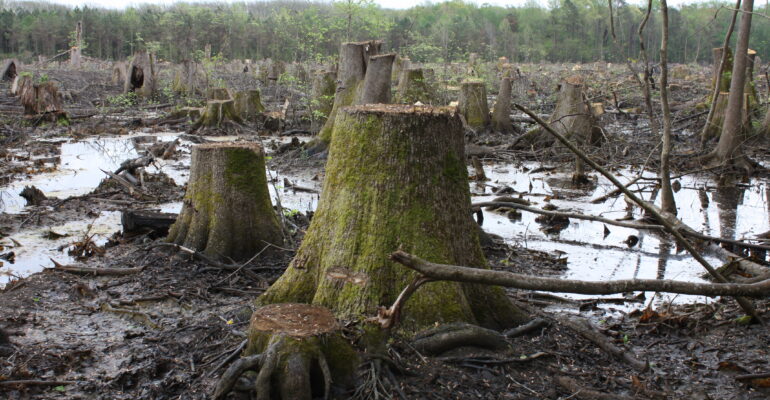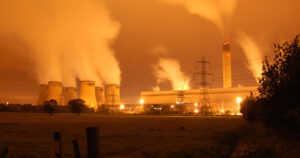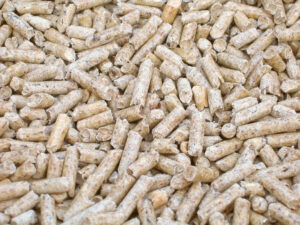A story of southern destruction
By Linde Zuidema, Bioenergy campaigner, FERN
Seeing is believing, and witnessing first-hand the devastating effect that the European Union’s renewable energy policy is having on the forests and wetlands of the Southeast United States, offers overwhelming evidence of the urgent need to act.
To reduce greenhouse gas emissions and meet “clean” energy targets, the EU has pursued a policy since 2009 which massively incentivises burning woody biomass for heating and electricity. This policy is placing untenable pressure on forests, while mounting evidence shows that rather than decrease emissions, it can actually increase them.
In the South Eastern US states of North and South Carolina and Virginia the problem is particularly acute.
Here, weak forest regulations and the EU’s voracious demand for biomass, are leading to the clearances of trees, which are transported to nearby plants and turned into pellets to be shipped across the ocean and burned in European power stations. Exports of wood pellets from the US to the EU grew from 0.53 to 3.89 million tons between 2009 and 2014. Most of this is sourced from the south US.
A recent study published by the European Commission, Environmental implications of the increased reliance of the EU on biomass from the Southeast US, highlighted the possible impacts, underlining the risks to biodiversity, of deforestation and forest degradation, to resource efficiency and to greenhouse gas performance. It showed that the EU’s bioenergy demand is likely to increase the pressure on (hardwood) forests in the Southeast US.
The reality of this is clear in these photos, which show how parts of this ecologically rich and stunningly beautiful area are being transformed into bleak and desolate wastelands.
The EU is now weighing up options for how to meet its new target of drawing 27 per cent of its energy from renewable sources by 2030.
As Fern has consistently argued, the EU should be focusing on real solutions to climate change, such as focusing on reducing energy demand and developing other renewables, instead of burning trees from overseas.

The Black River stretches for around 80 kilometres through North Carolina and lies in an area of spectacular natural beauty.

These wetland forests are a haven of biodiversity and a variety of trees, including dogwoods, oak and cypress trees.

But they – and their surrounding forests and the ecosystems they support – are under threat by the European Union’s energy demands, with the harvesting of hardwoods to feed EU bioenergy demand forecast to increase, according to a recent study published by the European Commission.

This wetland forest by the Roanoke River has been clearcut, revealing that there is little control over how highly biodiverse forests are being managed.

The southern forests of the Unites States are being logged at four times the rate of South America’s rainforests. Most of these forests are on private land and the destruction is happening with few rules and little oversight.

As reported by Dogwood Alliance, these hardwoods have been clearcut for Enviva, the world’s largest wood pellet manufacturer, which has production plants in nearby towns Ahoskie, North Carolina and Southampton, Virginia.

Richly diverse forests are being razed and converted into monoculture pine plantations. Among the wreckage of tree stumps new pine shoots can be seen. This can cause significant biodiversity loss as well as changes to the carbon stored belowground, as the EC study showed.

The damage to ecosystems and the once flourishing wildlife here is irreparable.

Wood is piled high before being pulverized into dried pellets mostly for shipment to Europe.

Each year the Enviva plant in Southampton Virginia has a production capacity of 510,000 metric tons of pellets. Around 85 per cent of the US wood pellet exports go to the UK and most are burned at Drax, the country’s biggest power station.

Up in Flames – How biomass burning wrecks Europe’s forests, reveals how forests across Europe and in the US are being pillaged and their wood used for energy because of EU policies for promoting renewable electricity and heating with the aim to reduce greenhouse-gas emissions. Interested to know more?





